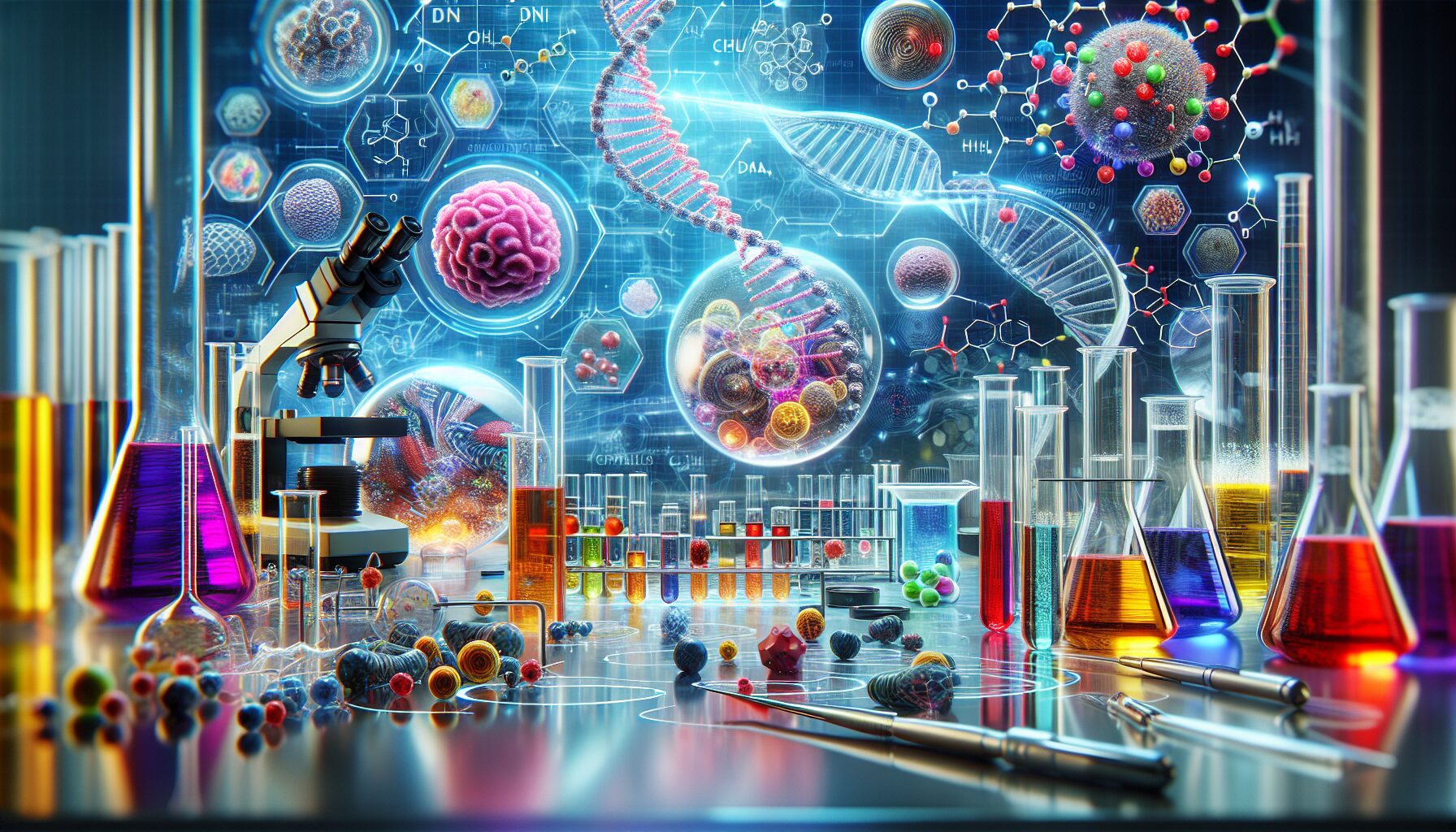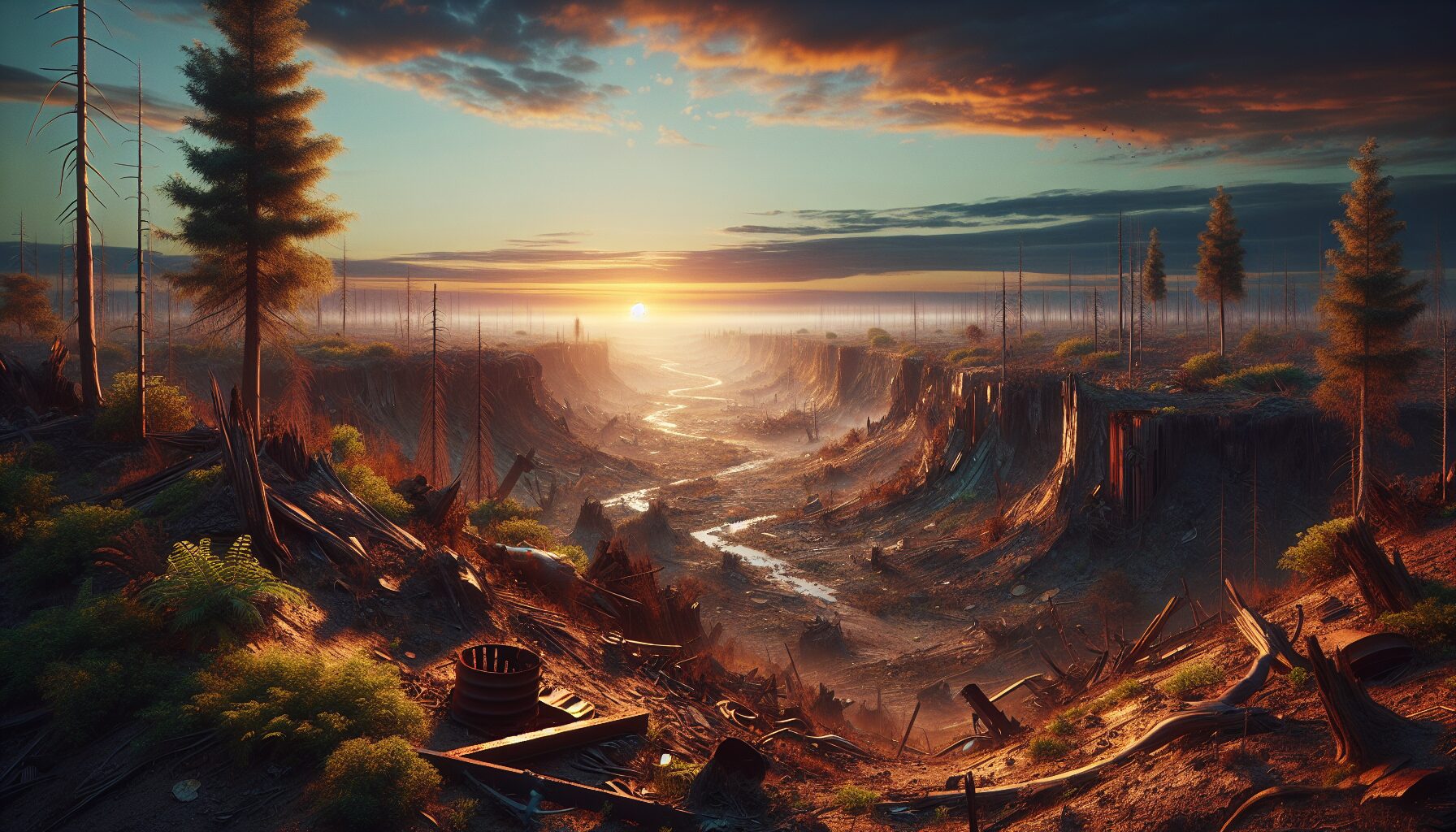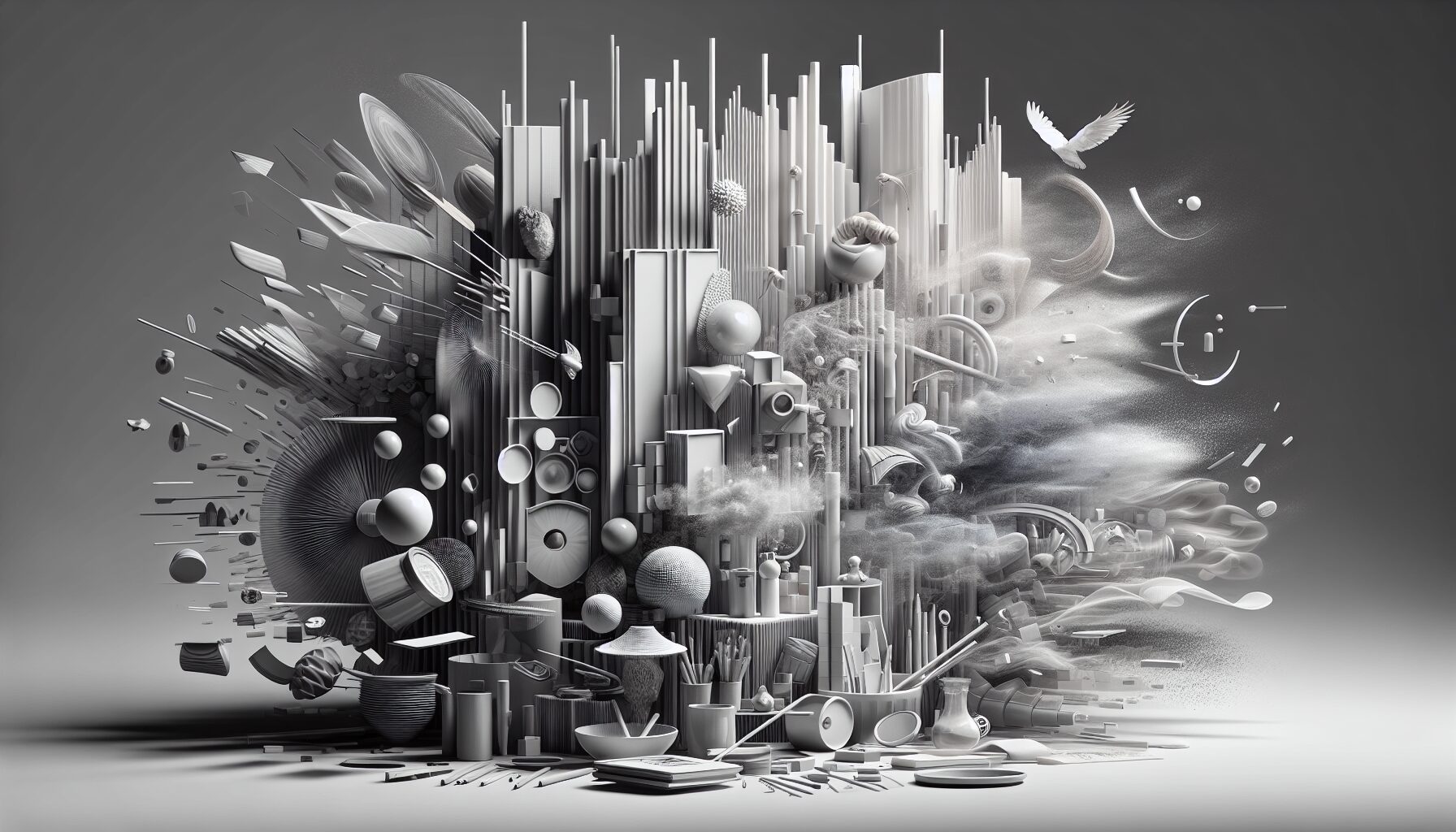Immortality Projects: Scientific Attempts to Escape Death
The quest for immortality has been a central theme in myths and legends across cultures for millennia. Today, this age-old dream has entered the realm of scientific exploration and technology innovation. Researchers and visionaries are relentlessly pursuing methods to prolong human life indefinitely. While true immortality remains elusive, there are several groundbreaking “immortality projects” underway that illustrate humanity’s enduring desire to escape the grip of death.
The Science and Technology Behind Immortality
Advances in biotechnology and medicine have opened up new avenues for extending human lifespan. Researchers are exploring a variety of approaches to combat aging and disease, which are often viewed as the natural precursors to death. Here are some of the most prominent scientific pursuits:
- Genetic Manipulation: Discoveries in genetics have fueled interest in altering human DNA to slow down or reverse the effects of aging. Scientists are investigating how genes linked to longevity might be manipulated or switched on and off. CRISPR technology, a revolutionary gene-editing tool, has shown potential in making precise genetic modifications.
- Tissue Regeneration: The ability to repair or replace damaged tissues is seen as a key to extending life. Stem cell research is at the forefront of this effort. By understanding how to effectively utilize stem cells, scientists hope to regenerate organs and bodily systems, thereby prolonging life.
- Nanotechnology: At the subatomic level, nanotechnology offers the possibility of repairing cells and tissues on a microscopic scale. Futuristic concepts envision nanobots swimming through the bloodstream to identify and fix cellular damage, effectively halting aging in its tracks.
Digital Immortality: Preserving Consciousness
Beyond biological solutions, the concept of digital immortality offers an intriguing twist to the immortality quest. This idea involves the preservation of one’s personality, thoughts, and memories in a digital format that may outlive the physical body. Some of the key efforts in this domain include:
- Mind Uploading: Scientists and technologists are exploring the theoretical possibility of transferring human consciousness to a digital medium. This so-called “mind uploading” would allow a person’s identity and experiences to continue existing in a non-biological form. Although still largely speculative, proponents believe advancements in neuroscience and computing could one day make this a reality.
- AI and Machine Learning: Efforts are underway to create digital avatars powered by artificial intelligence that replicate an individual’s personality. These avatars could sustain engagement with the digital world after the biological self has ceased to exist.
“The idea of ‘immortality as a code’ is fascinating — the thought that we could transcend physical limitations by preserving our digital selves,” states Dr. Meredith Vaughn, a digital ethicist. “However, we must consider the ethical implications of such technology.”
Ethical and Philosophical Considerations
The pursuit of immortality raises profound ethical and philosophical questions. The potential societal impacts of significantly extending human life or achieving digital immortality are vast:
- Socioeconomic Implications: If immortality were accessible to only the wealthy, it could exacerbate existing inequalities. The prospect of an elite class of undying individuals poses moral dilemmas regarding fairness and resource allocation.
- Identity and Continuity: Would a digitally uploaded consciousness still be the same person? Philosophers and ethicists ponder the implications of consciousness preservation, questioning whether continuity of identity can genuinely be maintained outside the biological frame.
- Population and Resource Strain: With extended lifespans, the ramifications for the planet’s resources and ecosystems must be considered. The potential ecological footprint of a longer-living population is a significant factor in the discussion of immortality technologies.
The Road Ahead
While the dream of immortality continues to inspire, it is also met with skepticism. Scientific and technological advancements thus far hint at incredible possibilities, yet hurdles remain both in the laboratory and in societal consensus on how to deploy such advancements ethically and equitably.
“We are at the crossroads of redefining what it means to be human,” says Dr. Leon Granville, a futurist. “Pursuing immortality pushes the boundaries of science and ethics to new frontiers.”
In conclusion, the expedition toward immortality remains an enthralling narrative of human aspiration. Whether through biological means, digital innovation, or a combination of both, the coveted escape from death challenges humanity to rethink its most fundamental understandings of life, mortality, and legacy.





